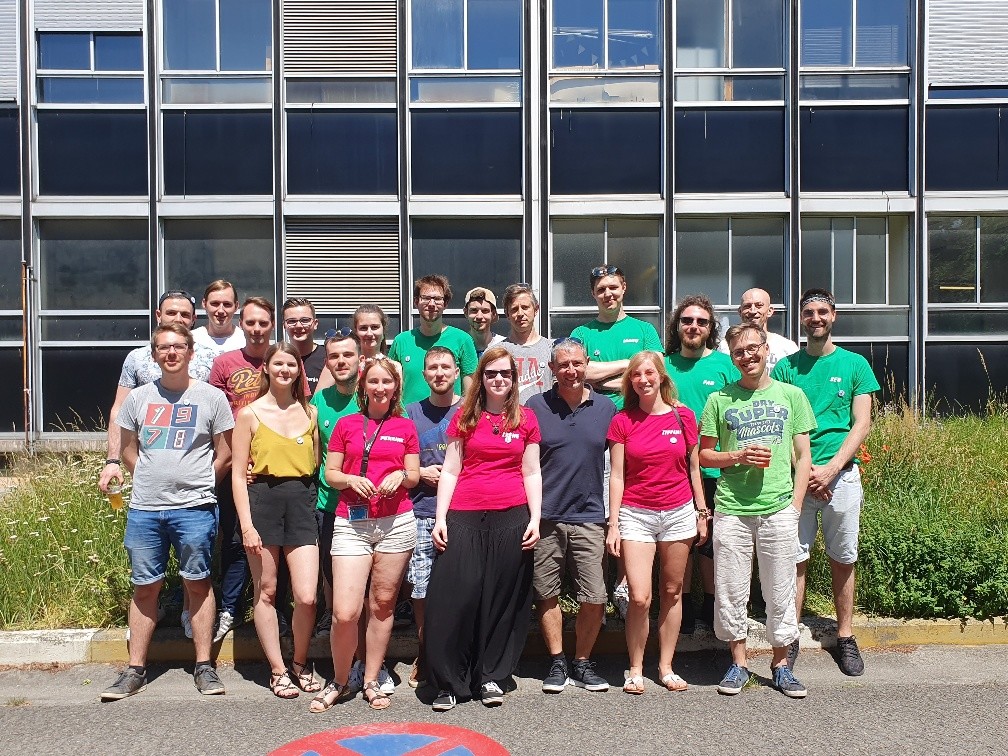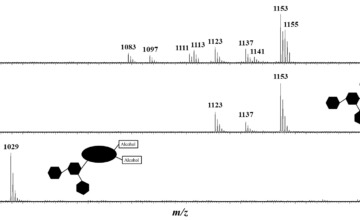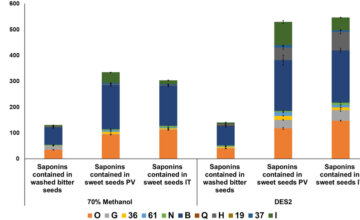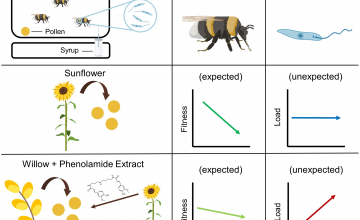In this work, we tested the impacts of sunflower phenolamides on healthy and parasite infected buff-tailed bumble bees. Expectedly, sunflower pollen had harmful consequences on bumble bee development but surprisingly, it did not alter parasite load. By contrast, sunflower phenolamides had milder effects on bumble bee development but unexpectedly increased parasite load.
Poursuivre la lecture




